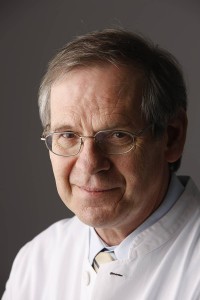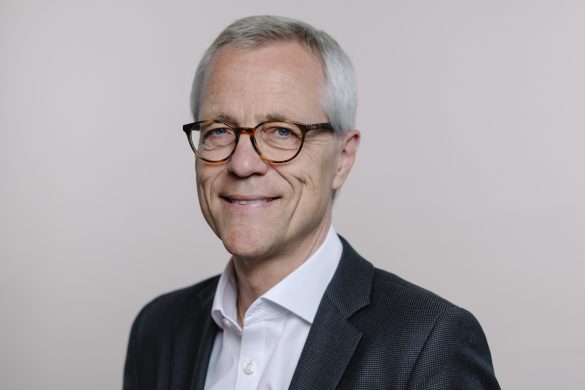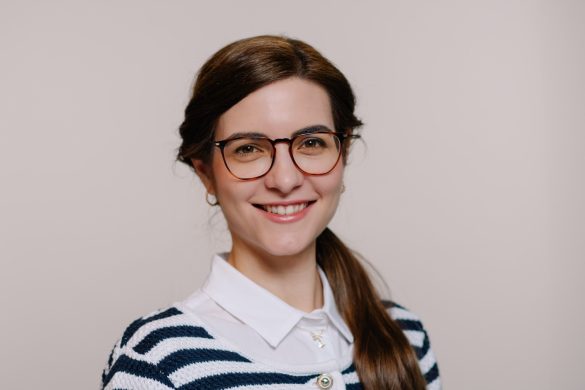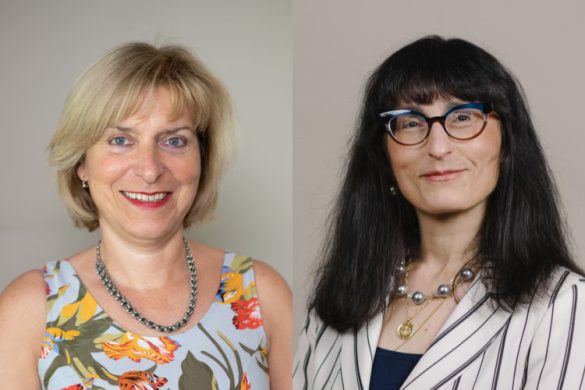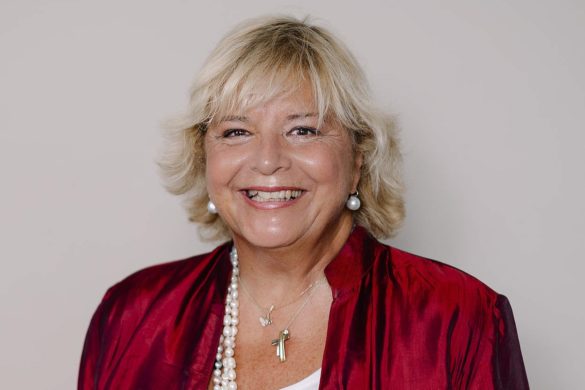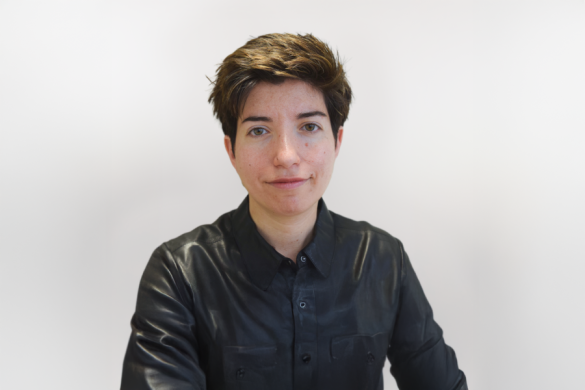Neurology is a rapidly developing field and many diseases have lost their poor or even fatal prognosis through scientific progress. Parkinson’s disease, multiple sclerosis, infections of the nervous system, epilepsies and many other diseases were barely untreatable only 50 years ago but can now be effectively treated and sometimes even cured. But all this progress needs to be brought to the patient. The providers who take care of this are the neurologists. Moreover, neurological disorders are among the most frequent diseases. This is increasingly recognised by the different European national health systems and luckily we have a constantly increasing number of neurologists in Europe. They are united in different national Societies and within the Academy at European level.
This rapid progress of neurology is the merit of growing research activity. The study of disease mechanisms, methodological aspects of research, disease models needs specialised scientific exchange in clinical sciences and basic research. Therefore subspecialty societies for Parkinson’s disease, muscle disease, multiple sclerosis, stroke, epilepsy, dementia, pain, headache and many other fields were founded. Such specialised Societies are not only needed for the study of specific diseases but also to develop methods used in neurology like clinical neurophysiology or imaging. The purpose of these societies is to move their field forward and to have a forum for exchanging news on basic or clinical research for their specialists. Also they have sometimes members from neighboring societies like neurosurgery, psychiatry or neuroradiology. These subspecialty Societies are organised in various ways at national, regional and global level, some of them have their own large congresses but all of them are part of Neurology as a medical discipline. Without their contribution the progress in our field would be slower.
General neurology Societies and specialty Societies serve slightly different needs and have to collaborate to serve these needs. There is a natural interdependence of these many subspecialties with general neurology: While general neurology needs the specific expertise created within the specialty Societies, the specialty Societies need general neurology to spread the news to all those who are not specialists or who are specialists in other fields.
An important area of interaction is the production of guidelines for the diagnosis and treatment of neurologic diseases. The European Academy of Neurology will promote the production of guidelines in the near future on an even larger scale than before because in a world with shrinking resources for medical care relative to the need evidence-based evaluations of the state of the art will help to define European standards and our member Societies are interested to adapt these guidelines to their national situation. The creation of these guidelines would not be possible without the subspecialty organisations. Even in the past when such guidelines were produced by a general neurology organisation the members of these guideline groups were also members of the subspecialty organisations. Therefore EAN invites all subspecialty organisations to collaborate in the process of producing such guidelines. The only precondition is to achieve a similar quality of these guidelines and to base it on the state-of-the-art of guideline production which is presently the GRADE-system. I am happy to report that the response of those specialty Societies which we have approached so far for collaborating was overwhelmingly positive.
There are more areas of collaboration of the EAN with the specialty organisation. Our annual congress and the educational courses are other important topics. Also the representation of neurology in Brussels is an increasingly important field of collaboration. A unique representation is key to become visible for the decision makers there and all subspecialty organisations need to work together under the common representation of neurology.

